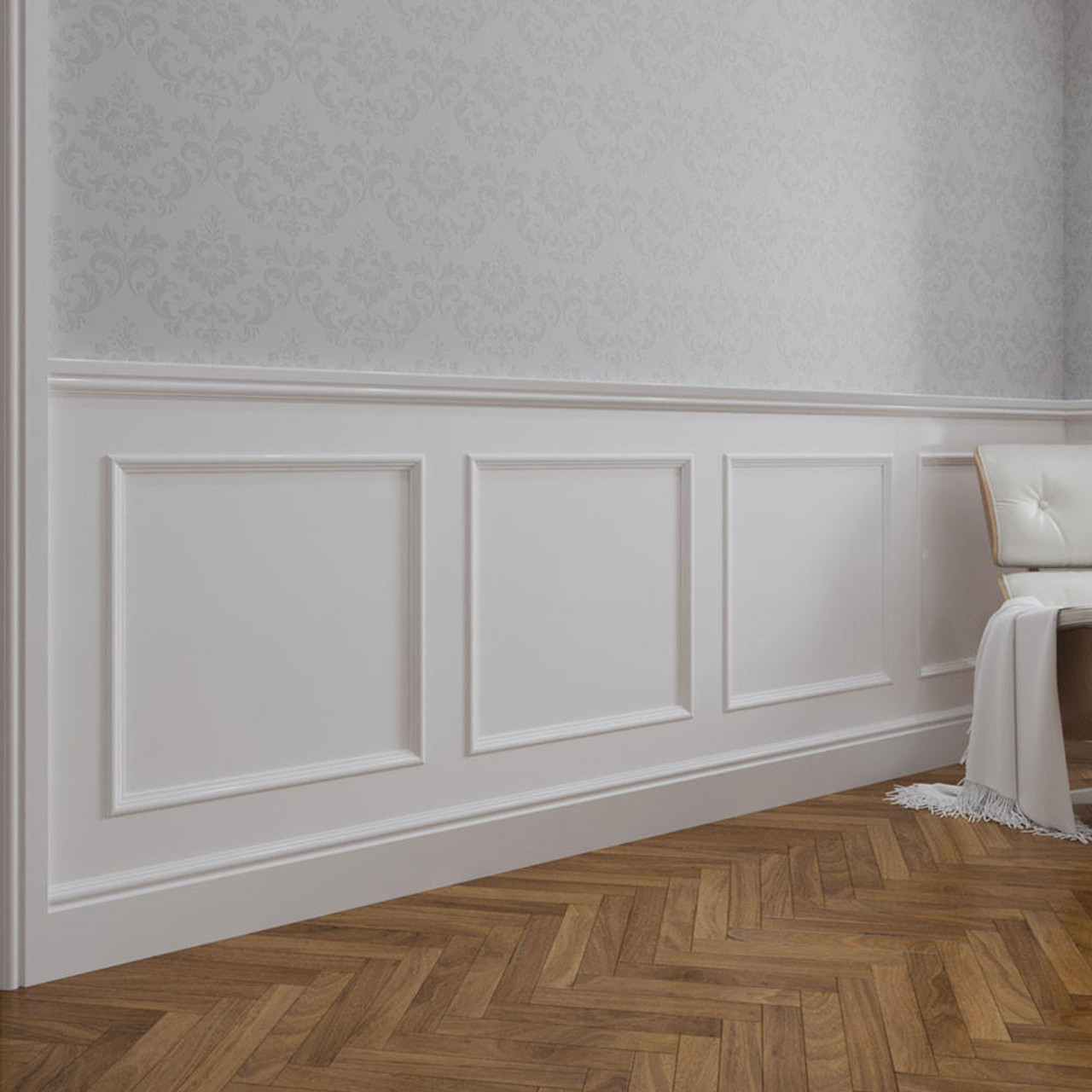Modern Wooden Wall Paneling Styles to Watch
Modern Wooden Wall Paneling Styles to Watch
Blog Article
Classic vs. Contemporary Wooden Wall Paneling Designs
Wooden wall paneling has seen a remarkable revival in interior design traits, offering a little style, warmth, and flexibility to any room. Creating the best choice for your room can transform a dull wall into a stunning key point. From type concerns to useful guidelines, this guide will walk you through how to choose the right mdf wall panelling kits for your house or office.
1. Look at the Room's Function and Artistic
Performance
Each space in your house acts a unique purpose, and your choice of wooden paneling should complement it. For an income space, you could choose for extraordinary, bumpy wood to create an attractive ambiance. Rooms may possibly benefit from smooth, smart sections for a cozy and tranquil vibe. For spaces like kitchens or bathrooms, ensure you choose paneling that's moisture-resistant or sealed to resist humidity.
Model and Topic
The appearance of the paneling must arrange along with your room's overall theme. For contemporary rooms, clean lines and light-colored woods such as for example birch or maple create a glossy look. Rustic or farmhouse spaces are brought alive with distressed timber or reclaimed wood presenting hotter, organic tones. A Scandinavian-inspired design often benefits from light woods and easy feed patterns.
2. Select the Type of Timber and Finish
Solid Timber vs. Manufactured Wood
Wood paneling provides an genuine look, longevity, and timeless attraction, but it could be expensive. Engineered timber panels, on one other give, are cheaper and come in numerous designs and finishes. They can mimic the look of wooden while giving increased moisture weight and less susceptibility to warping.
Finishes and Treatments
Cell completes, such as for instance stained, painted, or varnished timber, perform a significant role in determining their final appearance. Discoloration shows the normal feed of the timber, while painted panels allow for a broader selection of shade options. For additional defense, assure the systems are made with therapies suitable for your environment.
3. Think About Panel Size and Alignment
Wall paneling will come in a number of measurements, from thin strips to big sheets. Vertical systems may make a space appear older, which is ideal for rooms with decrease ceilings. Outside paneling, on the other give, provides a greater feel, creating smaller areas look greater and more open.
4. Know Your Budget
Set a budget which includes not merely the price of the wood paneling but additionally installation and preservation expenses. While premium hardwood options, like walnut or pine, may lift your room, there are numerous cost-effective solutions like plywood or medium-density fiberboard (MDF) that also supply artistic appeal at a fraction of the cost.
5. Examine Light in the Room

The type of timber and their finish may react differently to light. Light woods brighten up candle lit spots, sending sunlight or artificial light. Alternatively, richer woods add degree and wealth to naturally brilliant rooms but may make little or poorly illuminated rooms experience more surrounded if seriously used.
6. Aspect in Longevity and Maintenance
Each form of wooden panel requires different degrees of upkeep. Hardwoods like cherry or mahogany are durable and long-lasting but may involve more polishing to keep up their go over the years. Manufactured timber or panels with defensive coatings tend to be simpler to wash and take care of, particularly in high-traffic areas.
Lift Your Rooms with the Correct Wooden Paneling
Selecting the most appropriate wooden wall paneling may entirely change the design and experience of one's space. Keep your room's performance, fashion, and practicality in mind as you discover options. With innovative selection, wooden paneling blends function and type, providing your interiors an eternal charm that aligns with modern design trends. Report this page